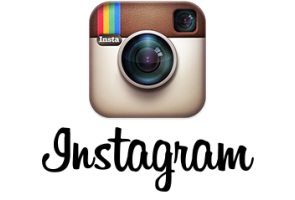 The former “King of Social Interaction” now looks to be suffering from overuse.
The former “King of Social Interaction” now looks to be suffering from overuse.
It was called the “King of Social Interaction” by Forrester Research, breaking the rules of engagement on social networks across the board by 2014. Instagram, the social media app designed to share photos and videos via smartphones, was quickly adopted by Millennial users and others looking for something hipper than Facebook now that their grandmas were using social.
Forrester’s social research discovered that the typical engagement rate for brands on social channels was less than 0.1% per post — except on Instagram.
“Our study found that top brands’ Instagram posts generated a per-follower engagement rate of 4.21%. That means Instagram delivered these brands 58 times more engagement per follower than Facebook, and 120 times more engagement per follower than Twitter,” writes Nate Elliott in the Forrester blog.
Brands took notice, and follower counts for big names skyrocketed. Instagram changed from “nice to have” to “the place to be,” according to Julian Gottke in Quintly.
Brands got busy.
“Instagram, as a place to tell your brand’s story, is not considered ‘nice to have’ anymore but it has taken its place directly beside the big social media dinosaurs Facebook and Twitter,” Gottke explains. “Thus, brands want to get more active in the network. Accordingly, the frequency of own posts increased from 0.89 to 1.04 posts on average per day.”
More posts were happening, but what about engagement, the one metric in which Instagram seemed to have some special sauce? It’s dropping. Like a stone.
“Probably the most interesting finding in our Instagram study 2015 is the significant drop in interactions,” Gottke writes, noting that “the interaction rate dropped from 4.96 to 3.10 during the year.”
What happened? According to Gottke, as brands accrued more followers and posted more often, timelines became more crowded, and interactions became harder to garner.
Forrester, to its credit, predicted this would happen. And it doesn’t necessarily mean that the site isn’t worth the trouble to brands anymore. It does mean, however, that brands may need to adjust their expectations.
